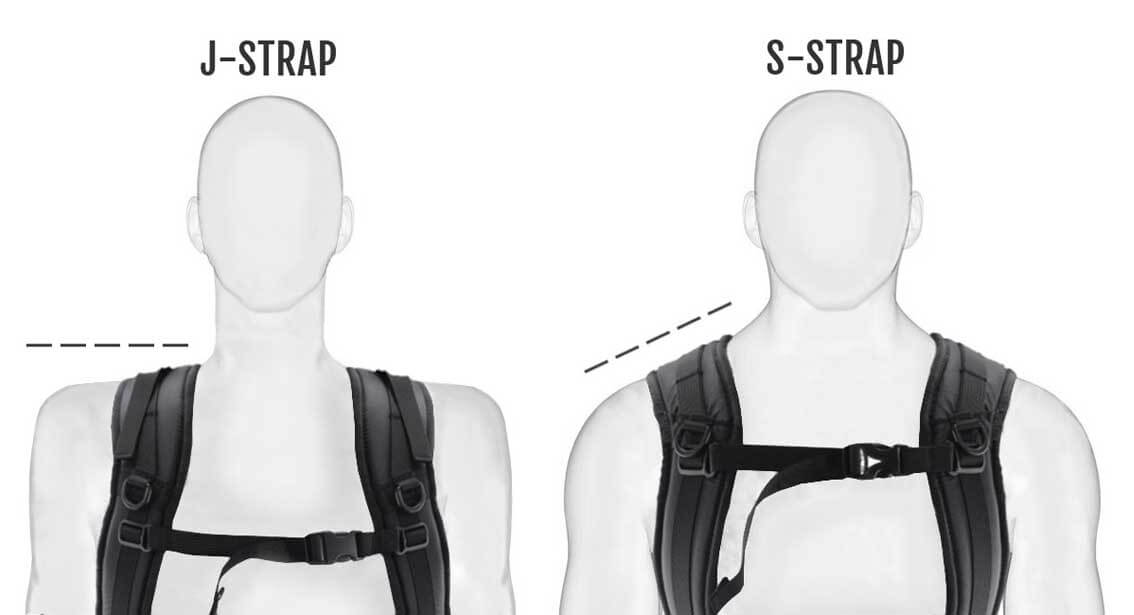ULA Size chart
Measuring Your Torso Length
Torso measurement is the best guide we have for proper pack fit, but it isn't foolproof. Generally we find that if you are between sizes on the torso it's best to go with the smaller size, if you are between sizes on the hipbelt it's best to go with the larger size. If you have any questions please don't hesitate to call or email.
To accurately measure your torso length for a correct pack fit, grab a buddy and follow the steps below:
Standing upright, tilt your chin to your chest. Locate the largest lump on the back of your neck. It should be located close to the base of your neck proper.
From this large bone, measure (with the flexible tape) down the length and natural curvature of your spine to the top of your waist band, the top of which is resting on the top your hipbone. This measurement in cm is your torso length.
Torso Length
S 38cm-46cm
M 46cm-54cm
L 54cm - 61cm
PACK SIZE |
TORSO LENGTH | HIKER'S HEIGHT |
| Small | 38-46 |
do 168cm |
| Medium | 46-54 |
168cm to 183cm |
| Large | 54-61 |
178cm to 193cm |
Measuring Your Hipbelt Size
For men, use the waist of your pants, and add 5 cm. For example, the waist of your pants is 88cm, add 5cm to get 93cm, which is M size. If you are on the edge of a size go up, so you would wear a large belt
For most women, measure the smallest part of your waist, then add 12cm and go to the chart. For example, your waist is 65cm, add 12cm and get 77cm, so you would be a small belt. If you are straighter through the hips you can add 7cm instead of 12cm.
If you are on the outer edge of a size, order the larger size. (Ex: If you are 96cm, you will notice 96cm is the last number of the Medium Hipbelt and the first number of the Large Hipbelt. You would want to order a Large.)
Hipbelt Sizing
XS 66cm-76cm
S 76cm-86cm
M 86cm-96cm
L 96cm-106cm
Choosing A Shoulder Strap Style
The downward slope of your shoulder profile usually determines strap preference. You can assess your shoulder slope profile by looking in a mirror or having a friend look at the angle of your shoulder from the base of your neck to your shoulder point.
If there is relatively little or no downward slope, you have what is referred to as flat or squared shoulders. If there is a noticeable downward slope, you have what is referred to as standard or sloping shoulders.
- The J straps are the traditional straps, and work best on most men with average builds. They are best suited for people with flat or square shoulders, as their flat shape provides better surface contact and less rub.
- The S straps work best on almost all women and men with square shoulders and good posture. S-straps contour body curves. They are best suited for people with standard or sloping shoulders, as their contoured shape better hugs your shoulder slope.Many men with athletic builds, i.e. strong, square shoulders will find the S straps work better. Swimmers, climbers, weight lifters, triathletes, surfers, XC skiers, etc usually prefer the S straps.



